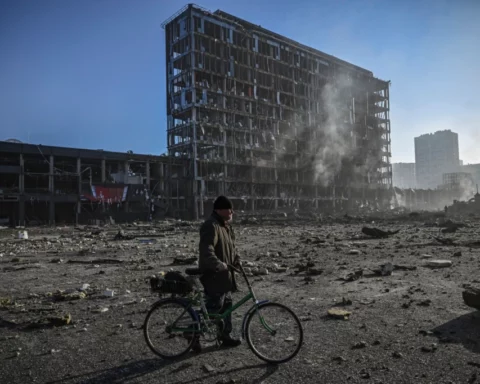Established in 2001 by the UN General Assembly, the International Day highlights the damage to the environment in times of conflicts, and that the devastation lingers for generations, often extending beyond national territories.
Building trust
While climate disruption and environmental degradation are not the direct cause of conflict, they can exacerbate the risk of conflict, said the UN chief, noting that their combined impacts undermine livelihoods, food security, confidence in government, health and education, and social equality.
“Degradation of natural resources and ecosystems adds to the challenges faced by communities who are already vulnerable in the short and long term. Women and girls are disproportionately affected”, he continued.
“Not only do natural resources underpin the delivery of many basic services, such as water or electricity, but they can also be used as a platform for trust building and benefit sharing between divided groups,” he added.
Impact of rising temperatures
While violent conflict prevents many countries from moving forward, conflict-affected states are also less likely to reach their SDG targets. In addition, there are indications that by 2030, more than 80 per cent of the world’s poorest populations may be concentrated in countries affected by fragility, conflict and violence.
Such effects could be further complicated by rising temperatures and impact of climate change.
“Conflict and the environment are deeply interlinked. Around the world, at least 40 per cent of all intrastate conflicts have had an important natural resource dimension,” said Mr. Guterres.
“All too often, the environment is among the casualties of war, through deliberate acts of destruction or collateral damage, or because, during conflicts, governments fail to control and manage natural resources,” he added.






